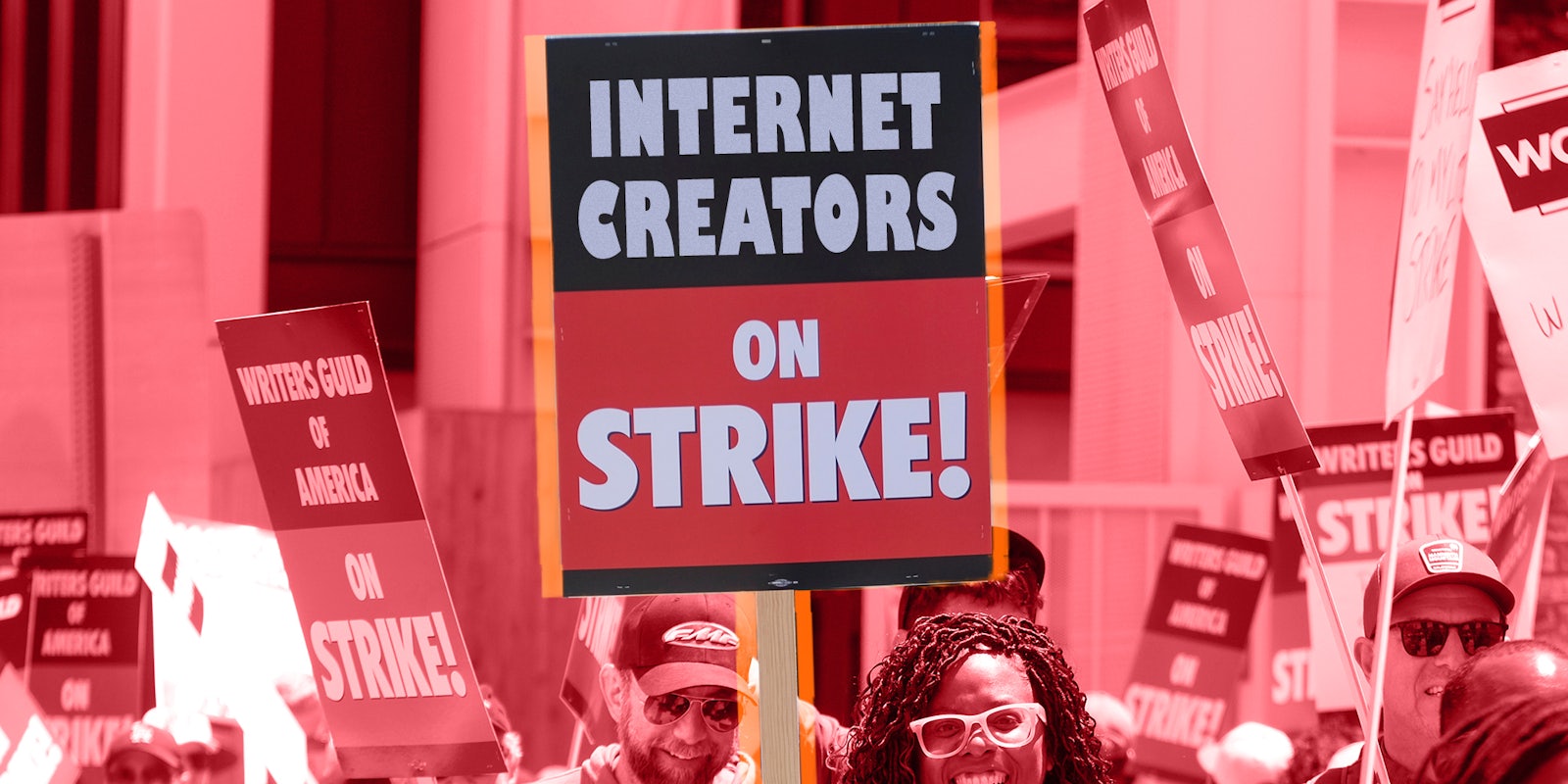
In a new weekly column, writer Lon Harris examines the Writers Strike and how the WGA’s organizing can work for the creative industry.
Analysis
Last week, we talked about how both the Writers Guild of America (WGA) and the online creator community found themselves toiling on behalf of massive multinational conglomerates that don’t always value their efforts. This week, we’re examining another way in which the fates of TV and film writers and their digital creative counterparts are tied: the vital importance of being part of a vibrant community, rather than an individual facing a cruel and complex system alone.
Obviously, individual writers lack the leverage to convince the industry to raise their wages. Powerful producers like Shonda Rhimes or Ryan Murphy can secure lucrative deals for themselves, but these don’t have a trickle-down impact on the rates being paid to their junior colleagues. Only via collective action like the writers’ strike do the writers have any hope of actually improving their overall pay structure, residual rates, and so on.
Creators also lack practical and immediate leverage when working through conflicts with larger platforms. In the case of ongoing disputes with major companies like Alphabet-owned YouTube or ByteDance’s TikTok, even some of the most popular creators can’t convince the companies to shift unpopular policies. …



